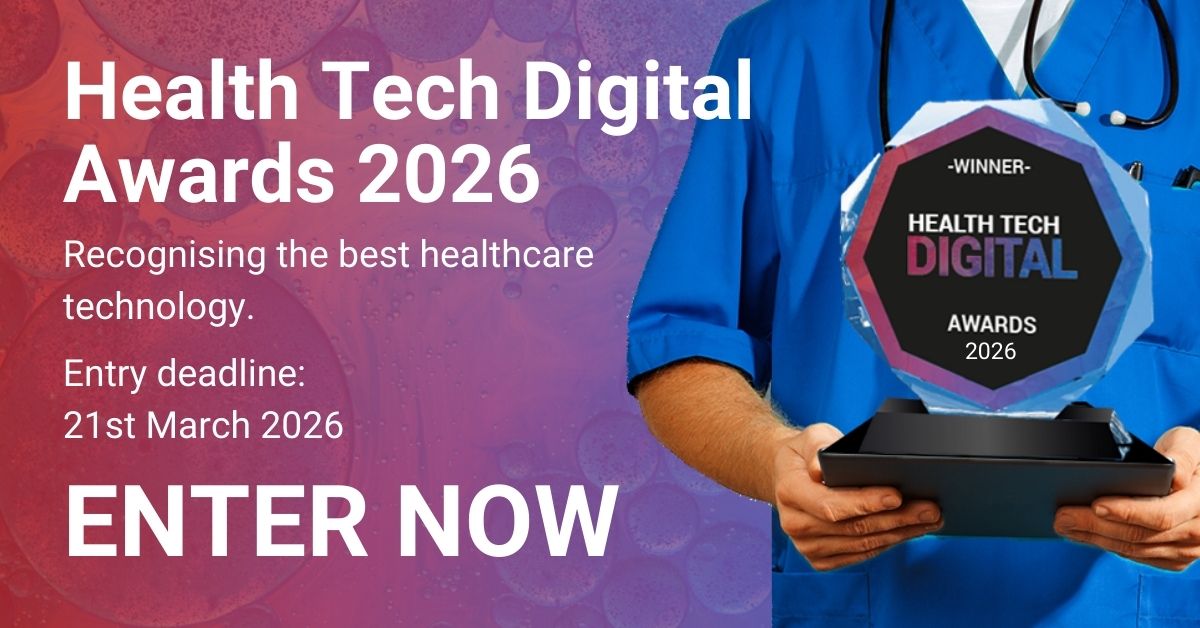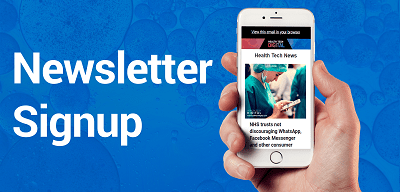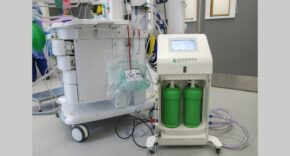
Historically, the healthcare industry in the UK hasn’t been known for being a fast-moving, innovative adopter of new technology. It’s a perception that all public sector organisations contend with to an extent – and it’s one that I’ve always considered unfair. Even if it was true once, it’s not the case today. In fact, we’re now seeing some incredible innovation and development of cloud services in these highly regulated sectors.
As the world’s 5th largest employer, the NHS faces an entirely unique set of challenges when it comes to innovation. But in 2021, we’re seeing some remarkable progress to overcoming these. In fact, the adoption of new technology, such as cloud, has vastly accelerated over the course of the last year. So, what is it that’s driving this unprecedented transformation? And what does this mean for the UK healthcare providers and software developers who are looking to innovate the healthcare services they offer?
Digital change for the healthcare industry
During the pandemic, healthcare providers were forced to be far more adaptive with technology than ever before, with years of innovation being compressed into the space of just a few short months. This innovation spans everything from enabling remote work for as many as possible to developing customer-facing apps for GP practices. The healthcare industry today is very different to the one of 2019.
Even before the pandemic, there were signs of change. For instance, the core medical technology sector increased in volume by 12% between 2009 and 2018. Also, in 2019, the UK government unveiled a £133 million funding drive to be spent on better and more innovative technology in healthcare. This comes as part of a wider drive to improve and modernise NHS technology.
But perhaps the most impactful change was the least likely to hit headlines. In 2017, the NHS announced one of the biggest updates to its infrastructure in recent years – the HSCN network. The new network was intended to open up the NHS to innovation and enable more modernised healthcare services. And greater levels of cloud adoption comes as a fundamental part of this drive.
By creating a secure network that individual software companies and healthcare providers can connect to, the HSCN network facilitates a decentralised approach to healthcare innovation – without compromising on security. That means individual NHS Trusts and healthcare providers can work with software developers and compliant HSCN partners to build their own cloud-based solutions, avoiding the need for cumbersome, top-down reform. This technological change, which has ultimately brought many others to fruition, was a major stepping stone in terms of altering the traditional perception of the UK healthcare industry as a digital laggard.
Keeping UK healthcare compliant in the cloud
For security reasons, the cloud has historically been off-limits to healthcare providers – but now they’re starting to look at the cloud in a different light, as a driver for digital transformation.
That’s because the security and compliance potential of cloud technology has vastly accelerated in recent years. Vendors like AWS and Azure have invested billions into improving the security of their platforms – and governments have taken notice.
In 2018, NHS digital announced it would adopt a cloud-first approach, which came five years after the wider UK government drive for cloud was announced in 2013. They realised that the health sector was in need of reform and, according to the Health Secretary, required “a radical new approach to technology across the system”.
Now, the NHS says it’s safe for public healthcare providers to connect health and care data, including confidential patient data, to public cloud services – provided they do so in a compliant way.
As a result, the argument against the cloud for highly regulated sectors like healthcare is now weaker than ever. In fact, cloud is now being actively encouraged as official public sector policy.
What you could achieve in the cloud
The shift to cloud technology presents many benefits for NHS healthcare providers. One of the most common examples is GPs partnering with software developers to create their own apps. Through these, patients have access to self-service functions, such as the ability to book their own appointments. This reduces ‘did not attends’ by taking the friction out of booking and cancelling appointments. Naturally, this saves time and money for GPs, while also making life easier for the patients themselves.
But it’s about more than just patient apps. The cloud, together with internet of things (IoT) technology, allows for a wider range of remote operations to take place. That could include anything from remote calibration of machines to, potentially in the future, remote surgical operations taking place via robotics.
Perhaps some of the biggest changes, however, are happening in clinical research, where the emergence of software and platform-as-a-service technology is enabling pharmaceutical companies to process and analyse bigger datasets. This makes large-scale data analysis faster and cheaper, vastly accelerating the process of researching new drugs.
Our experiences of living through the pandemic in the last year have taught us just how important it is to be able to research new drugs and vaccines quickly in an emergency. Cloud and other technology is a valuable tool in enabling this now and in the future.
Time for change in healthcare
In 2021, it’s easier than ever for healthcare providers and NHS Trusts to connect their data to cloud services. Strict compliance obligations do still remain, however these are no longer insurmountable. Cloud, in short, is now an option.
For healthcare providers and software developers, there has never been a better time to take another look at cloud and start innovating today.











